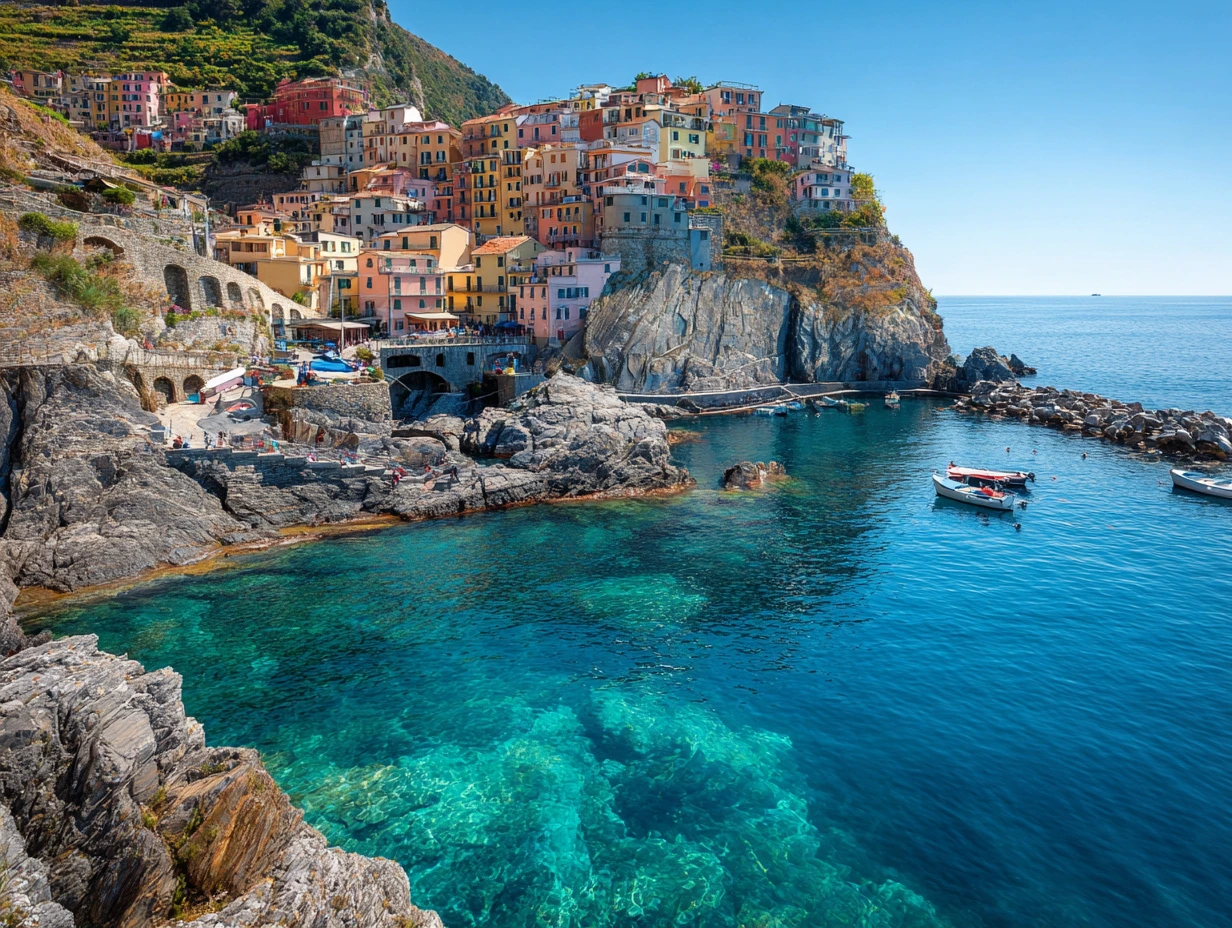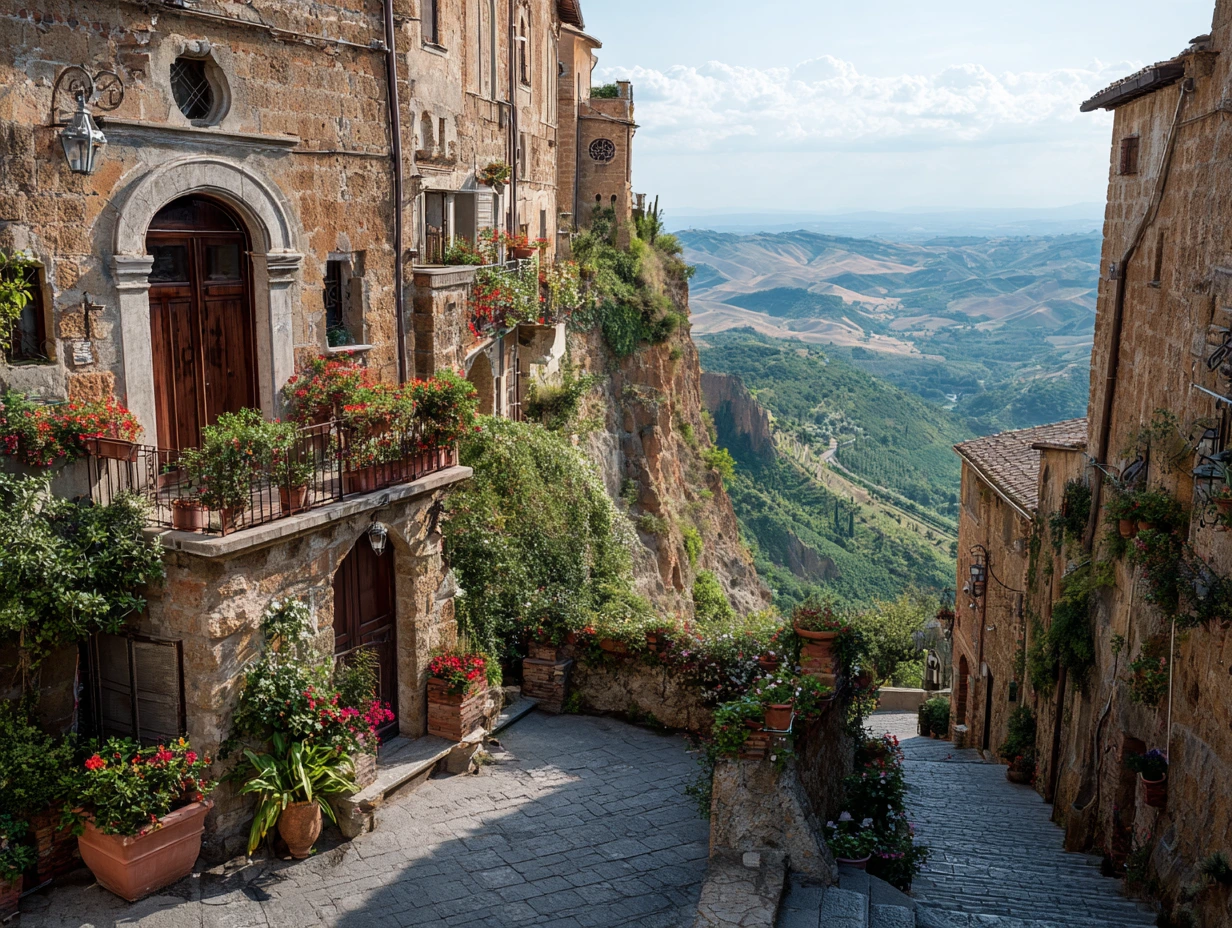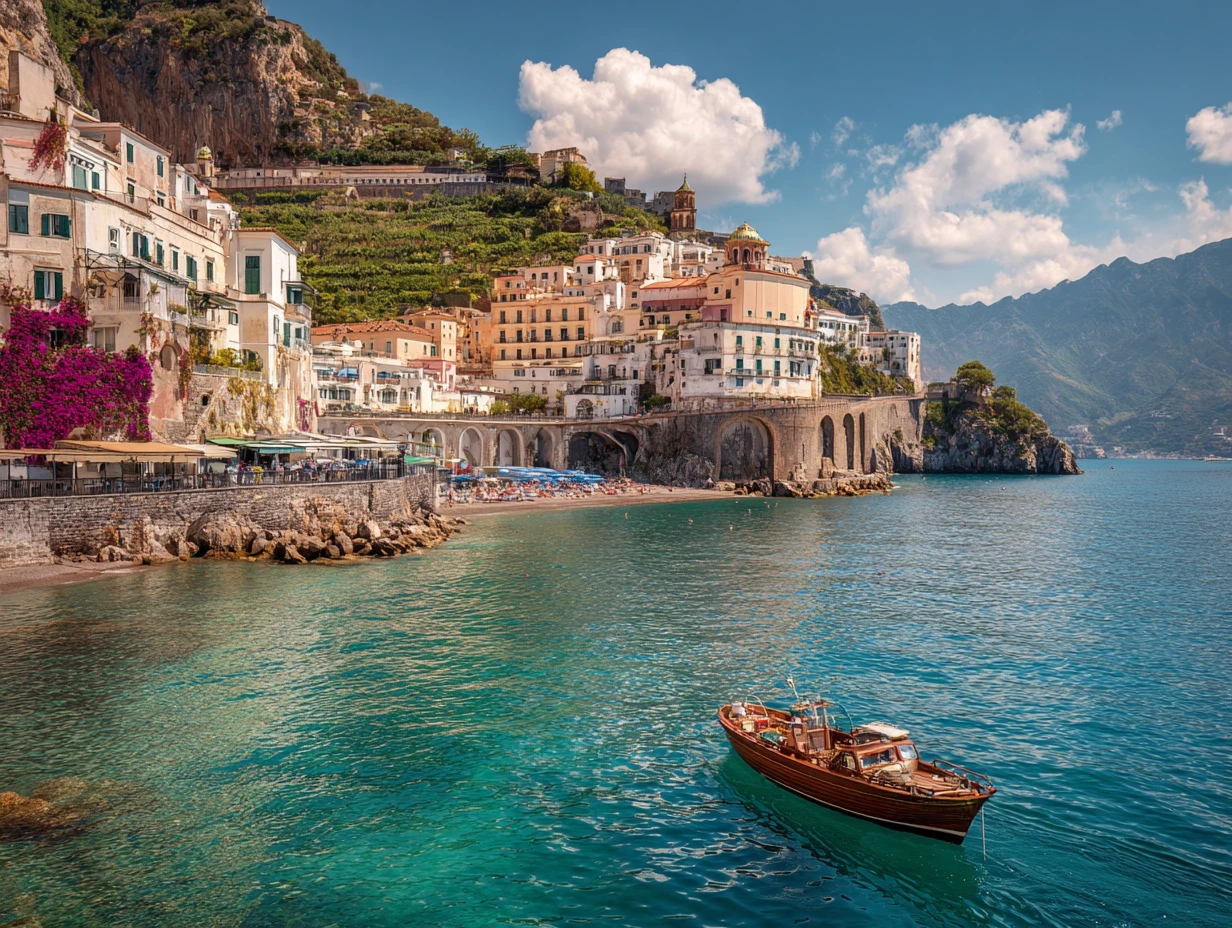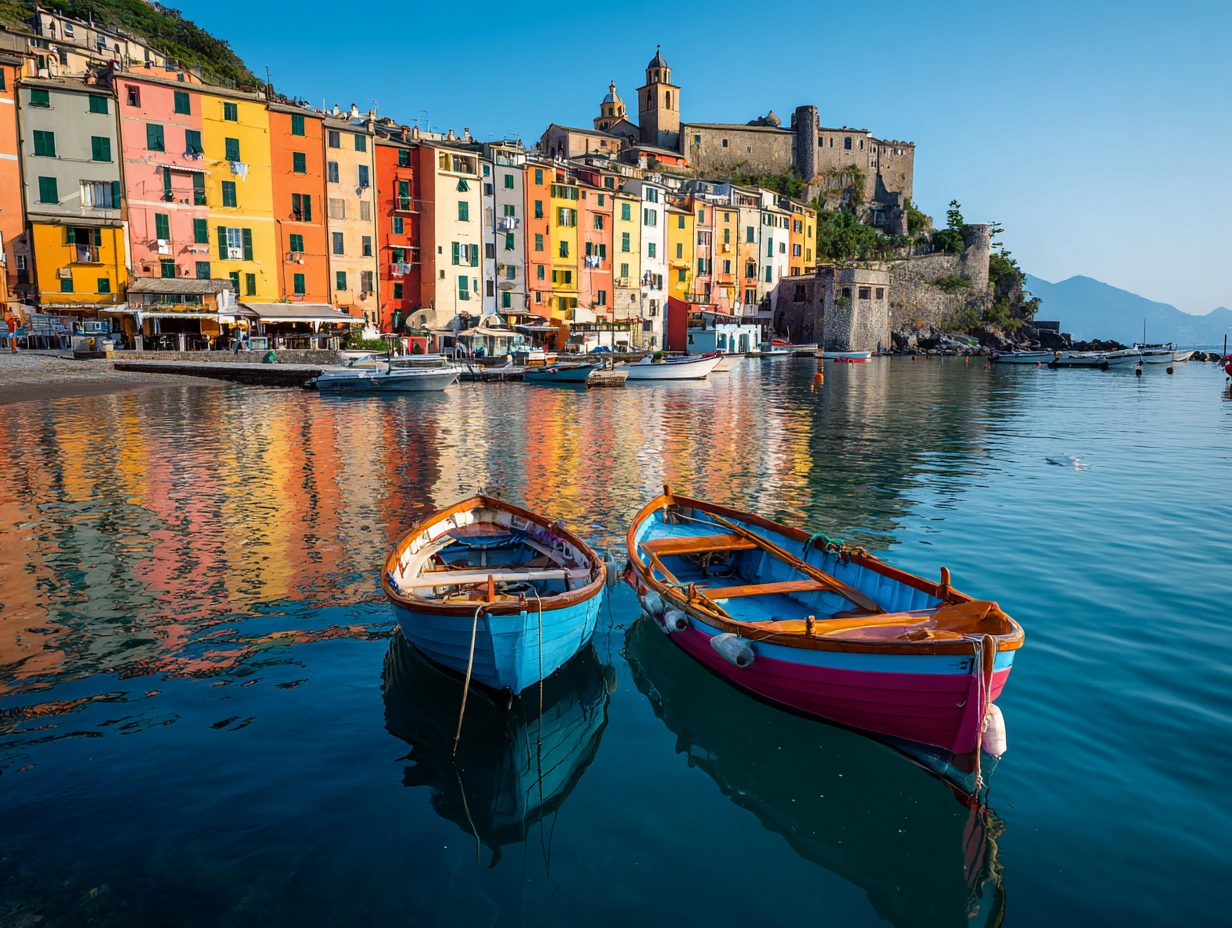Rome: More Than Just Ruins
Rome is one of those places that can feel overwhelming at first. The Colosseum, the Roman Forum, the Vatican, the fountains, the piazzas — it’s a lot. You could try to do it on your own, but here’s the thing: history in Rome runs deep, and without someone guiding you through it, it can all blur together.
Take the Colosseum. Yes, you can walk around with an audio guide, but hearing a local explain where the gladiators waited, how the crowds were divided, or why emperors used the games to build their popularity? That makes it feel alive.
And then there’s the Vatican. The lines alone can test anyone’s patience. A guided tour not only skips the line but also helps you make sense of the overwhelming art collection. I remember the first time I walked into the Sistine Chapel — beautiful, of course, but also crowded and a bit confusing. Having a guide point out little details in Michelangelo’s work, things I’d never have noticed, turned it from “just another famous ceiling” into something I still think about.
Florence: Art That Speaks
Florence is the city where you don’t just see art — you feel it. But let’s be honest, wandering through the Uffizi Gallery or the Accademia alone can be exhausting. There’s simply too much. A guided tour helps narrow it down. You’ll get the stories behind Botticelli’s Birth of Venus or the little quirks in Michelangelo’s David.
Outside the museums, walking tours are fantastic here. The streets themselves are like an open-air museum. A guide can show you the best gelato spot tucked away behind a square, or explain why the Duomo took centuries to complete. Those tidbits make the city feel less like a postcard and more like a living, breathing place.
Venice: Beyond the Gondolas
Venice is tricky. It’s gorgeous, yes, but it can feel crowded and touristy if you only stick to the obvious. This is where guided tours shine. Instead of just hopping in a gondola (nothing wrong with that, by the way), you might take a walking tour through the quieter neighborhoods, learn how Venetians actually live, or even explore the history of the Doge’s Palace with someone who can bring all those ornate rooms to life.
And the islands — Murano, Burano, Torcello. Sure, you can get there on your own, but with a guide you actually understand what you’re looking at. Watching a glassblower in Murano isn’t just a show when someone explains how the craft has been passed down for centuries.
Tuscany: A Landscape of Stories
When people imagine Italy, a lot of the time they’re picturing Tuscany — rolling hills, vineyards, cypress trees. It’s the stuff of screensavers. But the region is bigger than you think, and not always easy to navigate without a car. That’s where day tours come in.
Picture this: you’re on a bus weaving through golden hills, vineyards on both sides. You hop off in Siena, stroll through a medieval square, maybe taste a glass of Chianti along the way. Could you do it alone? Sure. But with a guide, you’ll hear the quirky stories behind the town — like why Siena’s horse race, the Palio, still stirs up centuries-old rivalries. Little details that stick with you.
The Amalfi Coast: Beauty With Logistics
The Amalfi Coast is breathtaking, but it’s also a logistical headache. Narrow roads, limited parking, unpredictable buses. A guided tour takes that stress away. Whether it’s a boat ride from Positano or a bus tour that stops in Ravello and Amalfi, you get the views without the hassle.
And don’t underestimate the value of local knowledge here. A guide can point you to the best lemon granita stand or explain the history behind those pastel-colored cliffside villages. You’re not just admiring beauty; you’re understanding it.
Smaller Destinations and Hidden Gems
Here’s the part that often gets skipped. Yes, Rome and Florence are unforgettable, but Italy is dotted with smaller towns and places that stay with you in a quieter way. And guided tours are often the easiest way to experience them.
- Cinque Terre: Five little fishing villages clinging to the cliffs. You can hike between them, but guided tours often combine a boat ride with walking, so you see the villages from different angles. Stunning, though sometimes crowded.
- Verona: Famous for Romeo and Juliet, yes, but also home to a Roman amphitheater still in use for concerts and opera.
- Lake Como: A guided boat tour makes it easier to hop between towns like Bellagio and Varenna, while hearing stories about the history of those dreamy villas.
- Pompeii: With a guide, the ruins shift from “piles of stone” into a frozen-in-time bakery, a home, a street with footsteps still visible.
- Ravenna: Unforgettable mosaics hidden in quiet churches.
- Matera: A surreal city of cave dwellings carved into rock — more meaningful with context.

Personal Recommendations: How I’d Split a First Trip
If you’ve only got a week or so, it’s tricky. You can’t see it all, and that’s okay. Personally, I’d mix a few guided days with plenty of downtime. Here’s how I’d do it (though, fair warning, everyone has their own rhythm):
- Day 1–3: Rome
Spend two full days here with at least one guided tour (Colosseum + Roman Forum or the Vatican). Leave yourself a day just to wander — sit in Piazza Navona, toss a coin in the Trevi Fountain, eat gelato twice in one afternoon. - Day 4–5: Florence + a Tuscany Day Trip
Do a guided museum tour in Florence to make the art less overwhelming, then take a day trip into Tuscany with a small group. Siena or San Gimignano are good picks. - Day 6: Venice
A guided walking tour here makes a huge difference. You’ll learn how the city really works behind the postcard views. Take the evening to just get lost — Venice rewards wandering. - Optional Day 7: A Side Adventure
If you can squeeze in one more day, choose something different. Cinque Terre if you want dramatic coastlines. Verona if you’re curious about smaller cities. Or Lake Como if relaxing by the water feels right.
Would you miss things? Definitely. But trying to cram in Pompeii, Amalfi, and Milan all in the same week would leave you more tired than inspired. Better to taste Italy slowly and leave with reasons to come back.
What Do Guided Tours Cost? (Ballpark Numbers)
Prices vary depending on the city, the group size, and whether it’s private or shared, but here’s a rough idea so you’re not flying blind:
- Rome (Colosseum + Roman Forum): Around €35–60 per person in a group. Private tours can be €150+.
- Vatican Museums & Sistine Chapel: Group tours usually start around €45–70. Skip-the-line is worth the extra.
- Florence (Uffizi or Accademia): Expect €40–60. Combo tours of both museums are a bit more.
- Tuscany Day Trip: With transport, lunch, and wine tasting, usually €80–120 per person.
- Venice Walking Tour + Doge’s Palace: About €50–70 for a half-day.
- Cinque Terre Day Trip (from Florence): Around €90–120, depending on transport (train or bus + boat).
- Amalfi Coast Day Trip (from Naples or Rome): Expect €100–150 with transport included.
- Pompeii with Guide: About €40–60 for a 2–3 hour group tour. Private tours can go over €100.
- Lake Como Boat Tour: Shared tours from €60, private ones easily €200+.
Not cheap, sure. But often worth it — especially when tours save you hours in line or help you see things you’d have completely missed on your own. My personal rule? If a site is massive, complex, or has long lines, it’s usually worth booking a tour. For smaller piazzas or markets, I prefer to wander alone.

Practical Tips for Booking Guided Tours
- Book early. Popular tours in places like Florence’s Uffizi Gallery or Venice’s Doge’s Palace fill up weeks in advance.
- Check group size. Smaller groups usually mean a more personal experience.
- Balance your time. Mix guided days with free days. Too many tours in a row can feel exhausting, even in Italy.
- Read reviews. Not every “skip-the-line” tour actually skips the line, so it’s worth checking what past travelers say.
- Leave space for surprises. Sometimes the best memories come from unscheduled moments — stumbling into a small church, or following music down a side street.
Final Thought: You Don’t Have to See It All
One more thing. Don’t feel pressured to see everything. Italy isn’t going anywhere, and honestly, part of the charm is leaving with the feeling that you’ll return. So maybe you don’t squeeze in Pompeii this time. Maybe you skip Cinque Terre. That’s okay. Focus on a few experiences, let guided tours help you dive deeper, and give yourself space to actually enjoy the trip.
After all, travel isn’t just about ticking boxes. It’s about those moments that linger — hearing a guide whisper a story in a quiet church, laughing with fellow travelers, or realizing you finally understand why Italians take their coffee so seriously.
So, if you’ve been dreaming of Italy, maybe it’s time to stop scrolling and start planning. A guided tour might just be the easiest way to turn that dream into something real.


I’m a passionate traveler, writer, and Italophile. My fascination with Italy’s history, art, and culture has led me on countless adventures across the Italian landscape. Through “I Live Italy,” I share my love for this extraordinary country and aims to inspire others to explore its boundless beauty.





